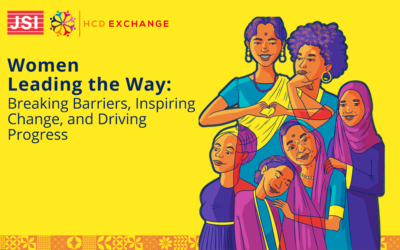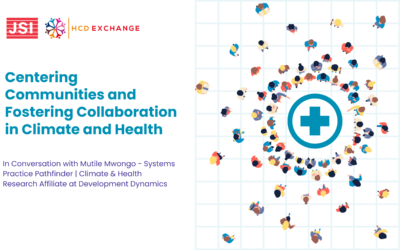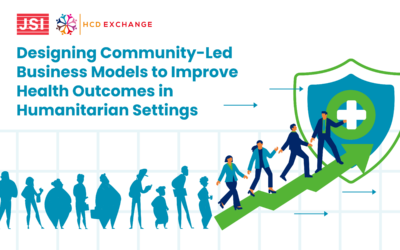Together with our partners at PATH and YUX Design, we held a webinar to discuss the appropriate attitudes and interpersonal skills essential to successfully lead and conduct research on adolescent and youth sexual and reproductive health (AYSRH) using human-centered design (HCD) approaches.
Below are some of the tips and best practices that were shared by our guest speakers from the YUX Academy and Marie Stopes International (MSI):
Recruitment of qualitative research participants
- Ensure you utilize various channels like schools and social networks to recruit participants.
- Work with organizations to find suitable participants based on established criteria.
- Establish relationships with associations and schools for confidential access to target populations.
Acquiring consent for AYSRH research
- Use easy-to-understand language to obtain informed consent from participants to ensure that they fully understand what they are agreeing to.
- Clearly explain to the participants the data collection, usage, storage, and erasure and disposal process through the consent process.
- Revise consent if the research protocols change and ensure participants are re-informed and have agreed with the new direction.
Interview process
- The interview process should not be too long — they should last between 60-120 minutes in order to collect in-depth data, while also being respectful of the participant’s time.
- Ensure participants are comfortable, informed, and aware of the non-judgmental nature of the interview.
- Prepare a guide with open-ended, non-leading questions, and avoid interrogation-style questioning.
- Remain flexible to the direction of the conversation and explore emerging challenges and any solutions that may arise.
- Have both an interviewer and note-taker present during interviews to ensure comprehensive data collection.
Observation techniques to use
- Non-participatory observations (observing participants without actively taking part in the research) could help with understanding diverse environmental contexts.
- Ensure the researcher’s presence is as unobtrusive as possible to prevent altering participant behavior.
- Use codes to anonymize observed data and maintain confidentiality.
- Limit observation duration to avoid intrusion into personal lives.
Navigating focus group dynamics
- Create small homogeneous groups (3-10 people) relevant to the study to foster discussion.
- Choose a relatable moderator to create a safe and inclusive space and to avoid the emergence of unequal power dynamics.
- Include diverse perspectives and ensure everyone participates actively.
- Use open-ended questions to stimulate discussion and gather varied opinions.
Understanding power dynamics
- Acknowledge power imbalances and avoid imposing researcher authority.
- Be aware of societal, gender, and cultural dynamics influencing interactions.
- Create a safe environment for participants to express themselves without fear of judgment.
Addressing bias
- Be mindful of personal biases and remain open-minded during research.
- Avoid leading questions and confirmation bias.
- Reassure participants of confidentiality and emphasize that there are no right nor wrong answers.
Handling personal data
- Collect minimal personal data necessary for research and anonymize it using codes.
- Protect participant confidentiality by limiting access to personal data within the research team.
- Erase any recordings or identifiable data once it has been transcribed and anonymized.
Resources
- Case study: ‘La Famille idéale’
- Watch the Webinar recording in French




